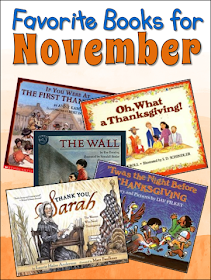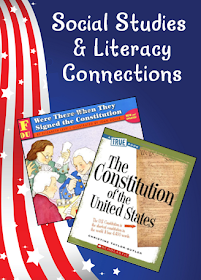Fortunately, I discovered a simple solution to this problem: audio books. I located audio versions of some of my favorite student books like Hatchet and Shiloh, and I allowed students in those groups to listen while reading their books each day. To manage the problem of multiple users needing the same audio player, I figured out how to connect several students via headphone adapters connected together. I assigned one student in each group the role of “Audio Captain” who would start and stop the audio player as needed. All students were expected to have their own copy of the book open and follow along, tracking the text visually as they listened.
Reading Comprehension Improved 50%
My students were very excited about the program, and the audio materials were constantly in use during reading class. After just a few weeks, I noticed something amazing. I could tell that the students who were using these audio materials regularly were becoming better readers! They weren't just becoming better listeners – their reading comprehension and fluency skills were improving, too!
These results intrigued me and I wanted to know more. I was in graduate school at the time, so I conducted an action research study to gather data about what I was observing. I selected eight struggling readers for my study, and I provided audio materials for every book that they read over a two-month period. I compared their reading comprehension test scores before and after the study, and every single student made significant gains. The average score rose from 41% of their reading comprehension answers being correct in September to 60% correct in December, a 50% increase!
I know it was just a small, informal study, but the results convinced me that I needed to continue using audio books. I began to wonder how listening to audio books could translate to improved reading skills. I finally realized that audio books can introduce students to a world of reading they've never known. Fifth graders who can’t read well probably aren't motivated by a steady diet of picture books and easy chapter books. But hook them up to an audio version of Hatchet, and the words begin to work their magic. As students track the text with their eyes and listen with their ears, they see words they've heard before but were not able to recognize in print. They can apply the strategies that good readers use, from visualizing the events to making predictions. In the process, they discover the joys of a great book!
Time Saving Resources for You
Another reason you might want to obtain audio books for Literature Circles or Classroom Book Clubs is that you can listen to them to preview them or to keep up with what your students are reading. I always recommend that teachers read books first before using them with students, but it can be difficult to find time to do so. If you purchase the audio version, you can listen while driving or doing something else.
Where to Find Audio Books
You can find audio books in many places, including your public library and yard sales. However, the easiest way to find them is to go to Amazon.com and search for them there. I've created a collection of Literature Circle resource pages on my website that include book recommendations in many categories, including Historical Fiction, Fantasy, Adventure, and Realistic Fiction. Each book includes a link to where you can find it on Amazon.com, and most of those books have audio versions that you can purchase. I recommend purchasing the CD versions because then you’ll always have one master copy, but you may want to transfer the audio file to a mobile device, computer, or Mp3 player.
Does the idea of using audio books intrigue you? I’ll bet you can think of several students right now who would benefit from listening while reading. However, you may also be wondering how and where you can purchase these materials since they can be a bit costly. That was my concern, too, but I solved that problem by setting up an Audio Book Fund and asking for donations to our classroom audio book collection.Here's a copy of my letter to parents in Word format so you can adapt it and use it yourself. In the letter I explained about the importance of audio books and how my students would benefit. I was thrilled to receive over $100 in donations within a week! When the money started rolling in, I ordered audio materials to go with all of my favorite titles to use with Classroom Book Clubs.
If you haven't used audio books in your classroom, I hope you'll consider giving them a try. I think you'll find audio books to be powerful tools to improve comprehension and fluency. Best of all, listening to audio books will allow your struggling readers to discover the magic hidden inside every great book. Soon their reading skills will improve and they won't need audio books. When that happens, a whole new world will open up before them, the amazing world of literacy!








































